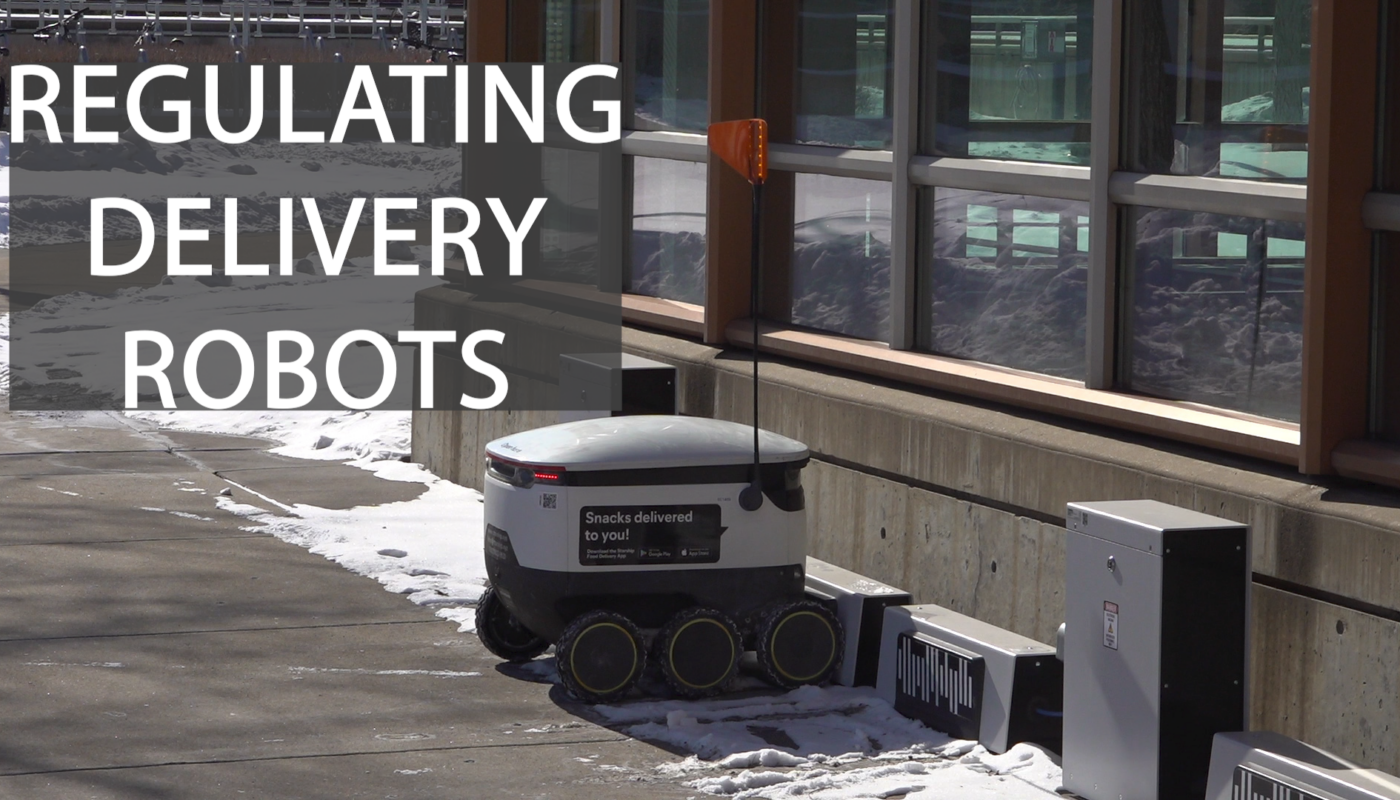The sidewalks of the University of Minnesota aren’t just filled with students anymore, or even humans for that matter – white delivery robots have been delivering meals and drinks to students on campus since early October.
In partnership with M Food Co., they’re run by Starship Technologies. Students can order from restaurants on campus, such as Erbert and Gerbert’s, and more from the Minnesota Marketplace.
For this story, I asked my roommate to order from the robot. First, you download the Starship Delivery app and select a delivery location. After you place your order, you can watch live updates of the robot’s progress. Once it arrives, you slide a button to unlock the robot, opening it up and allowing you to grab your food. It also comes with personalization options, like picking its name and short quips.
In a Starship Survey, more than 98% of students surveyed said they love the robots. But some people voiced their concerns about the impact of the robots on workers to Ward 2 of the Minneapolis City Council.
“Workers at the University reached out to our office and expressed, okay they’re going to be introducing delivery robots and you know, we are a little concerned,” said Celeste Robinson, a policy aide in Ward 2.
Councilmember Robin Wonsley of Ward 2 then wrote a staff direction, which the City Council approved on February 5th.
It asks for research into the impact of food delivery technology on workers, an overview of the pilot program here at the University of Minnesota, what regulations have been implemented in other communities, and the responses from labor organizations.
Chris Elrod, the spokesperson for M Food Co. said the company is not looking to replace workers with robots.
“So we definitely see robots as an opportunity to build on the workers that we have here by giving them more work and more reliable work,” he said.
Emilia Schoen’s experience working at the Starbucks on campus seems to support that.
“When it first started, like it was just booming, like we were swamped in robot orders,” she said.
But she agreed that regulations would be worth looking into.
“It’s always good to regulate it and make sure there’s nothing wrong with it, you know? Especially when it comes to big businesses like the one I work for,” she said.



